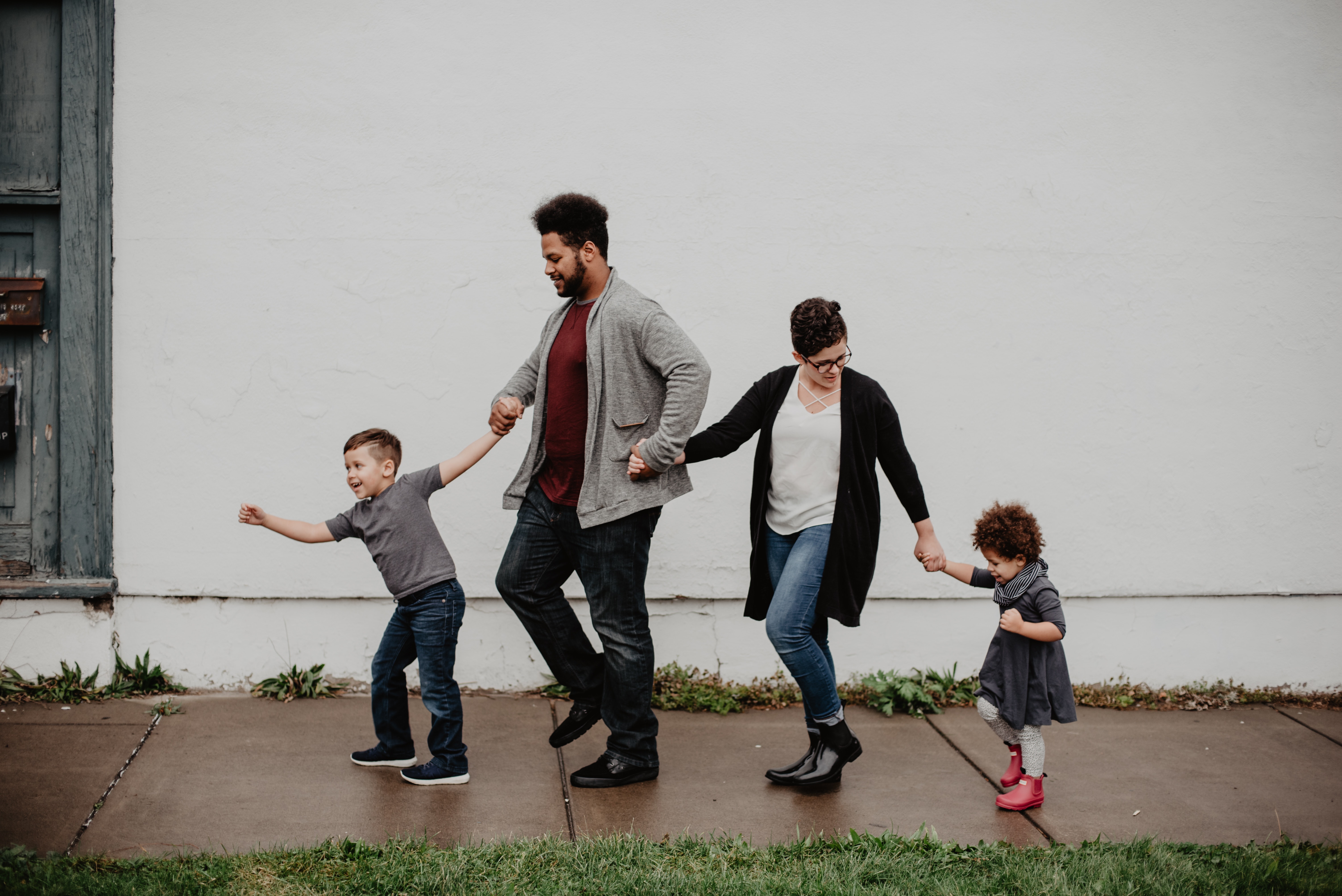The brand offers pieces for every occasion, with a focus on sustainability.
Retailers
Some retailers have even redesigned their websites to reflect the changing consumer demographic. For instance, if you're searching for "plus size dresses" you will find that most sites offer clothing ranging from size 14 to 32. However, the largest proportion of products are still available to the mainstream market.

Fashion Trends
Those who are interested in the newest fashion trends will be pleasantly surprised by the increasing selection and variety of brands offering a wide variety of choices for the discerning shopper. It’s worth noting that the number of tall sized items grew by 9% over the course of the year. This is a good sign that retailers are recognizing the growing size of the consumer base.
Fashion House

Recent
In a recent ad for the former, the word "tall" was used more than once and the accompanying picture was littered with 'plus-size' models.

Major Brands
Several major brands have recently launched inclusive lines for plus size consumers. This is part of a larger trend in fashion.

Market
The market for plus size apparel is growing rapidly. In fact, plus size clothing represents the fastest-growing segment in the apparel industry.
Traditionally

This is causing pressure on retailers. A recent survey by the American Plus Size Association found that more than one in four women aged 18 to 65 wear a size 14 or higher.

Some major brands are taking active steps to include this growing market. Some have introduced inclusive lines, including jeans for curvy women, plus size shapewear, and leggings.

